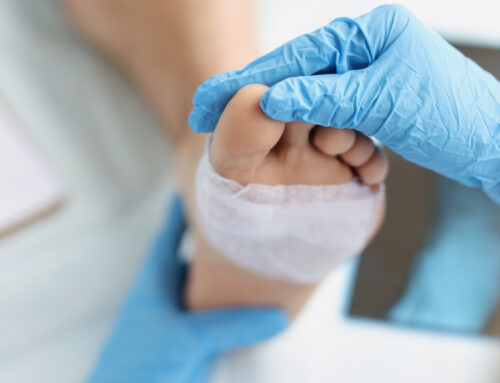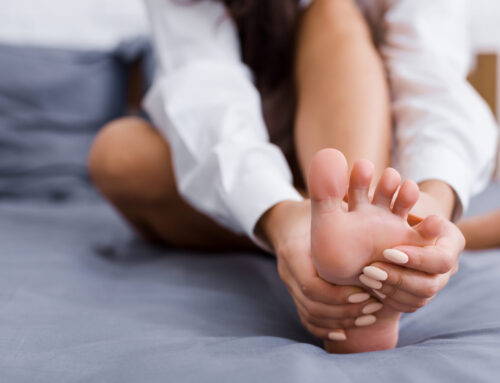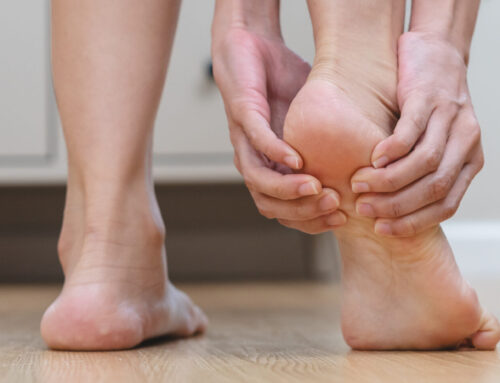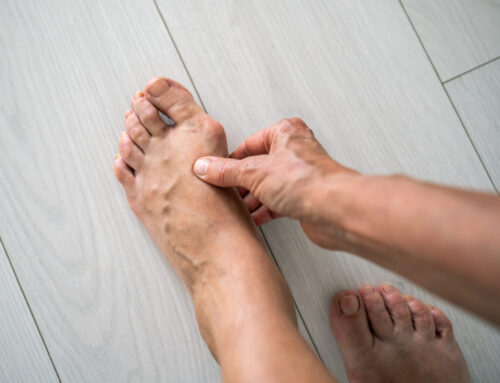If you’ve ever asked yourself, “what is a chiropodist?,” you’re not alone. A chiropodist is a medical professional who assesses and treats conditions of the foot. Physicians will often refer patients to chiropodists, but they are not essential for scheduling a consultation.
What is a Chiropodist Doing When Training?
To fully understand “what is a chiropodist?,” it helps to know what kind of training they undergo. Over half of the population are affected by foot problems, with many requiring assessment, treatment, and prevention through a chiropodist’s expert knowledge and practical skills. In most cases, your chiropodist will have undergone 7 or 8 years of post-secondary training before being able to practice.
In the United States, a future chiropodist begins their study by getting accepted into a school of podiatric medicine. Each school maintains its own acceptance standards. Generally, they will require a bachelor’s degree, with significant coursework in the biological sciences and chemistry.
New chiropodist students will complete a curriculum similar to what is offered by standard medical schools. They will learn about bodily systems, as well as complete training in various areas of medicine.
The program will then begin specializing in the care and treatment of feet. Once a student completes their Doctor of Podiatric Medicine (DPM), they will then enter a three-year residency program.
So, what is a chiropodist in terms of education? A highly trained medical expert dedicated to keeping you on your feet.
What Is a Chiropodist Responsible For?
Still wondering “what is a chiropodist?” in terms of day-to-day care?A Chiropodist can help treat several different feet conditions, including:
- Orthopedic appliances
- Biomechanical dysfunctions
- Nail conditions
- Warts / Callus / Corns
- Bony foot deformities such as bunions
The treatments of these conditions could include:
Prescriptions for pharmaceutical drugs
Surgical procedures
Physical therapy
What is a chiropodist if not someone who helps you stay active and pain-free?
Choosing a Chiropodist
If you’re asking what is a chiropodist and how to find the right one, start by checking that they are licensed and accredited. You can also rely on recommendations from your physician, family, friends, and other medical professionals.
At The Bunion Cure, patients receive quality care from professional, friendly, and caring staff. The surgeries were first started by Dr. Robert A. Nielsen, who has been a pioneer in developing minimally invasive surgery techniques to treat various foot problems such as bunions, hammertoes, and heel spurs.
By using the latest techniques with advanced equipment, it’s highly probable your bunion problem could be dealt with in an afternoon. Book yourself in for a free consultation today and find out how you can receive fast and painless bunion treatment.
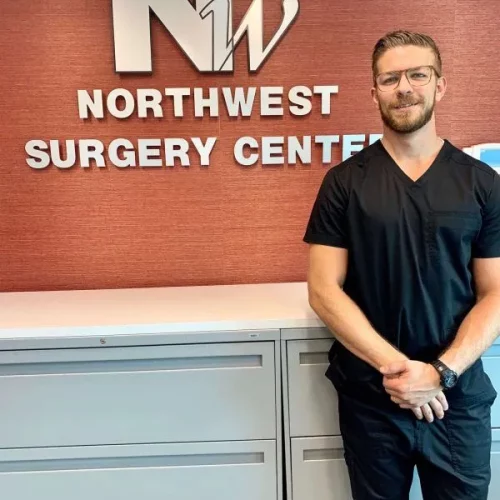
Reviewed By Dr. Sullivan
Dr. Jordan Sullivan, DPM, is a board-certified podiatrist at Northwest Surgery Center specializing in minimally invasive foot and ankle procedures. He’s passionate about helping patients get back on their feet faster with less downtime.
Learn more about Dr. Sullivan here.

